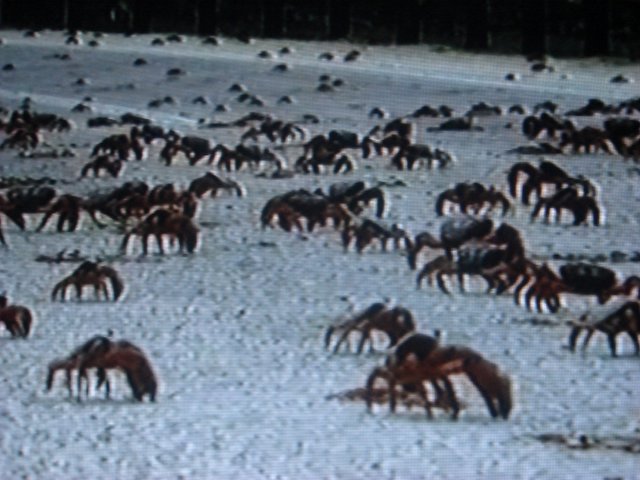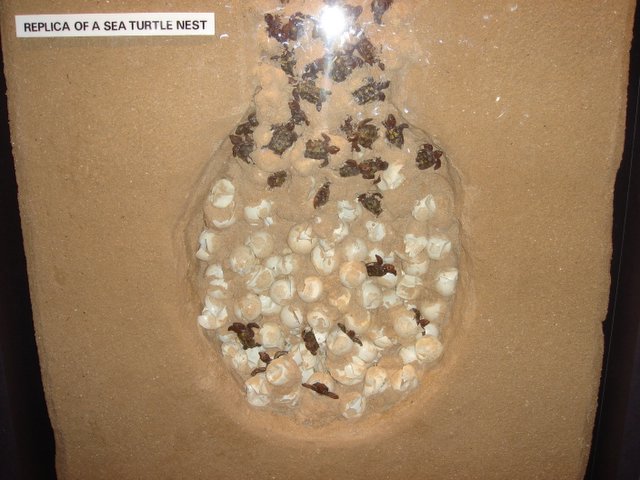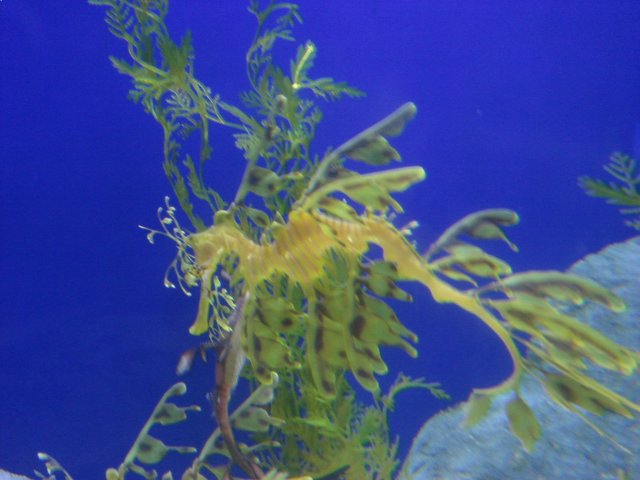Photo GalleyGot a photo? Contact me.
References Cited:1. Bad Man's Tropical Fish, Rosabora Heteromorpha, [Online], Available http://badmanstropicalfish.com/profiles/profile25.html | ||||||||||||||||||||||||||||||||||||||||||||
Sunday, September 10, 2006
Harlequin Rasbora
Tuesday, August 29, 2006
Glowlight Tetra
Photo GalleyGot a photo? Contact me.
References Cited:1. Glowlight Tetra [Online], Accessed 28 Aug 2006, http://www.thetropicaltank.co.uk/Fishindx/tet-glow.htm | |||||||||||||||||||||||||||||||||||||||||||||
Friday, August 25, 2006
Jinjin and Sasa Adventure in Pasir Ris Farmway 2
 This section list the adventures of Jinjin and Sasa as they embarked a visit to Pasir Ris Farmway 2 Fish Farm in Singapore. This section list the adventures of Jinjin and Sasa as they embarked a visit to Pasir Ris Farmway 2 Fish Farm in Singapore. Pasir Ris Farmway is one of the areas that are designed for the breeding of pets in Singapore. If you are looking for puppies, kittens or fishes (both fresh and saltwater fish are available here) this is the place to visit. Unfortunately, it is not very accessible and is not well served by bus, making this place difficult to reach. | |||||||||||
|
Just in front of the Marine fish is the discus shop, where a variety of discus are available for sale. These pretty fishes demand a lot of your attention and care.
For the traditionist who love goldfish and koi, there is a wide variety of gold fish and koi at very competitive prices (from SG$1/= US 65 cents) and up. Baby gold fish were 10-20 fishes for a dollar, but these fishes were often purchased as feeder fish for larger fish.
Our hunt brings us to Hiap Khoon, a quality supplier of many smaller fishes such as guppies, terta, betta and swordtails in Singapore. And really, the fishes here are relatively cheap, at SG 30 cents (around a quarter) for a guppy. Me and Sasa purchased a bagful of six guppies, 4 females and 2 males. I was sorely tempt to purchase the beautiful betta, but knowing how aggressive it is, refained from buying.
Other highlights of the walk and tour includes the Asian Arowana - who said they are endangered and in short supply has never been here.. Arowana of all colors and variety thrive here, although the prices seem to be daylight robbery. There are also the man made parrot fish available for sale, and it is very popular in Malaysia and Singapore. Fishermen and anglers looking for worms, crickets and scorpions as bait will find them cheaply here.
| ||||||||||
Sunday, August 20, 2006
Jinjin and Sasa Adventure in Underwater World Singapore
 This section list the adventures of Jinjin and Sasa as they embarked a visit to Underwater World in Singapore This section list the adventures of Jinjin and Sasa as they embarked a visit to Underwater World in Singapore Underwater World Singapore situated on Sentosa Island of Singapore, is a unique and well-known oceanarium showcasing some 2500 marine life from 250 species from around the regions and is extremely popular with visitors for providing fun, leisure and educational experiences. | |||||||||||||
|
Outside the aquarium is the turtle conservatory area, where we can learn more about turtles. Of interest to me is the pic of the turtle nest, where the newly hatched baby turtle was shown to be crawling out of a sand pit. There is also a turtle pond, and a sting ray pond outside the aquarium. Venturing inside the aquarium, the first sight that greet us is the touch pond. There is a variety of coral, starfish, archer fish, and even sharks (I am not kidding) - available for touching. Further up is a small showcase of coral reef. As I glance in to the coral reef, a sea of colors greeted me - fishes of all shapes and colors were swimming leisurely in the coral reef. The breathtaking sight left me standing flabbergasted.
Next, we visited the dinosaur showcase - featuring some oddballs and unknown species of marine life, such as the ammonite and the funny sea creature below. My jaw dropped open in amazement at the variety of sea life. At a corner, we found the sea angel (see right panel) - a species of sea slug that looks like jelly fish.
As we go down the stairs, we were assaulted by waves of crabs. A huge variety of crabs of all sizes and shapes greet us. The Spanner Crab, Mud Crab, Fiddle Crab, and a crab that is bigger than Sasa and I (see right) were but some of the crabs on display.
As we enter the tunnel that is characteristics of all underwater world, we were amazed by the slight of sawtooth sharks, dugong, and a wide variety of fish. There were even a sunken ship mock up in the display tank. I like the hologram of great white shark. And I love the jellyfish world that greets us as we exit from Underwater world.
This experience is very interesting, but I wish that there were more exhibits - the underwater world in Singapore is really tiny compared to those in Australia. | ||||||||||||











































































